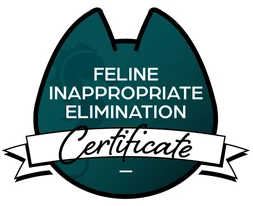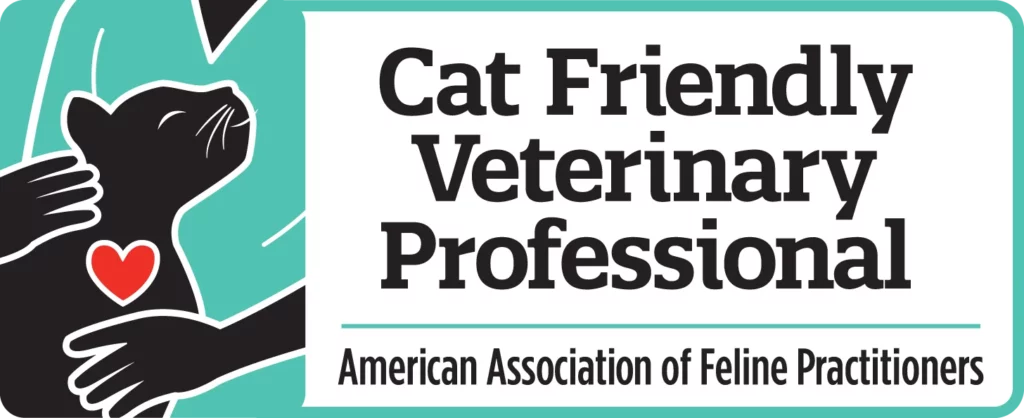Cats are excellent communicators, but unfortunately, they don’t know how to speak to us. Instead, we have to read cat body language to determine how they’re feeling. Knowing how to read what a cat is trying to tell you will help you solve behavior problems in cats, prevent bites, and understand your cat better.
Cat body language is also an extremely complex topic. This guide will serve as an introduction to body language basics, but if you’re looking to learn more about body language I suggest you keep digging. One of my favorite sources is Lili Chin’s excellent book Kitty Language as it lays out reading cat body language in an accessible way, but still goes into plenty of detail. It’s a must for every cat parent as far as I’m concerned!
The Head
The most natural place to start discussing cat body language is with their cute little faces. A cat’s head will tell you a lot of relevant information about how a cat is feeling. While all parts of your cat’s head will tell you some information, I want to focus on the easiest to read parts and then parts that will tell you the most information.
Ears
Your cat’s ear position will give you a lot of information and can serve as a warning that they may want you to back away. Generally, a confident cat’s ears will be straight up and facing forward. If the cat hears a noise, they may orient their ears toward it, but they’ll usually go back to their forward and up position if the noise is determined to not be a threat.
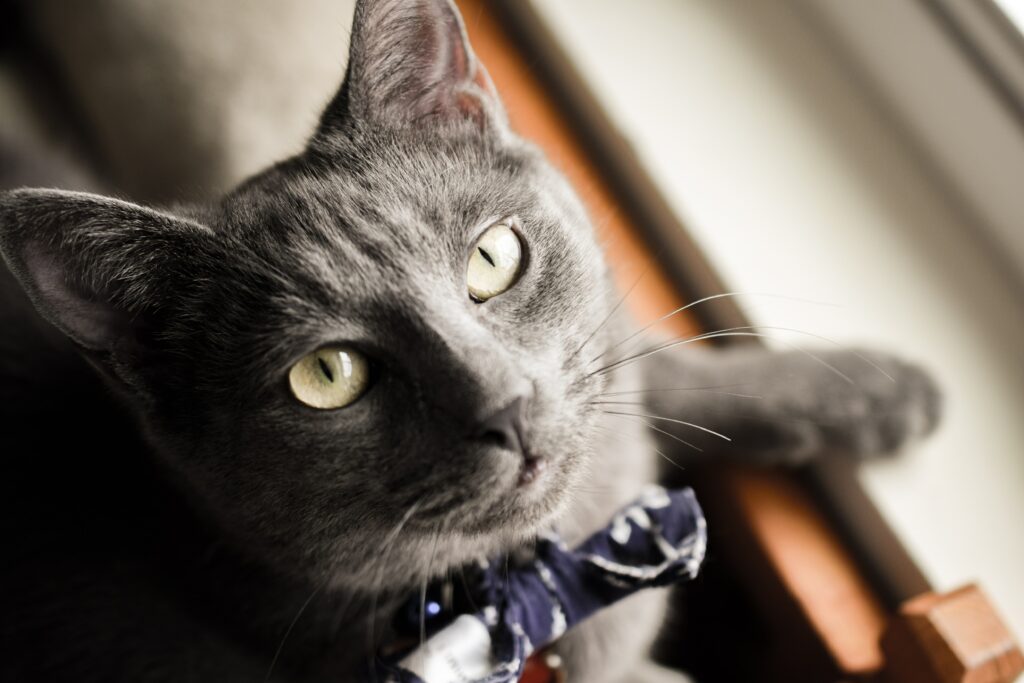
As your cat’s ears are further down and to the side, they are becoming increasingly fearful or stressed. In particular, if your cat goes into “airplane ears” where their ears are flat and to the side or their ears are flat and pinned back, your cat is not having a good time. That’s a sign that you should back away and give them space while trying to identify the source of their distress.
Sometimes you may get mixed signals fro the ears where one is forward and one is to the side. They may be trying to identify a sound or this could be a signal that your cat is unsure of how to feel. Proceed with caution and look at other parts of their body language to help clue you into what they’re feeling.
Eyes
The cat’s pupils, or the black part of their eyes, are an important part of reading cat body language. Generally, the wider their pupils, the more in a state of arousal they are. It could be a state of fear or it could mean they’re having fun playing. Because pupil size is also affected by light, it may also be due to low lighting.
On the other end of the spectrum, you’re usually going to see a relaxed cat with narrow pupils. This will also occur in bright lighting as well.
Where your cat is looking can help tell you a lot about what they’re thinking. To cats, staring can be very threatening so if they are fixated on something, they are trying to gather more information to monitor it. They may feel anxious or be thinking about hunting it. A friendly look from a cat will usually be brief and involve looking away. Their eyes may also close slightly or they may do the notorious slow blink toward a cat or human they feel safe with.
The Tail
On the other side of the cat from their head is their tail. The tail can be a bit more confusing to read and depends a lot on the rest of the cat. Let’s break it into two parts for this introduction to cat body language: movement and tail positioning. These two pieces should clue you into how a cat is feeling.
Tail Position
A cat that is feeling confident will usually have their tail straight up. The tail may have a slight curl at the tip. I like to think of this as being like half of a heart and as it indicates the cat likes something or someone they are approaching. If the cat wraps their tail around something or someone, that’s a friendly gesture.
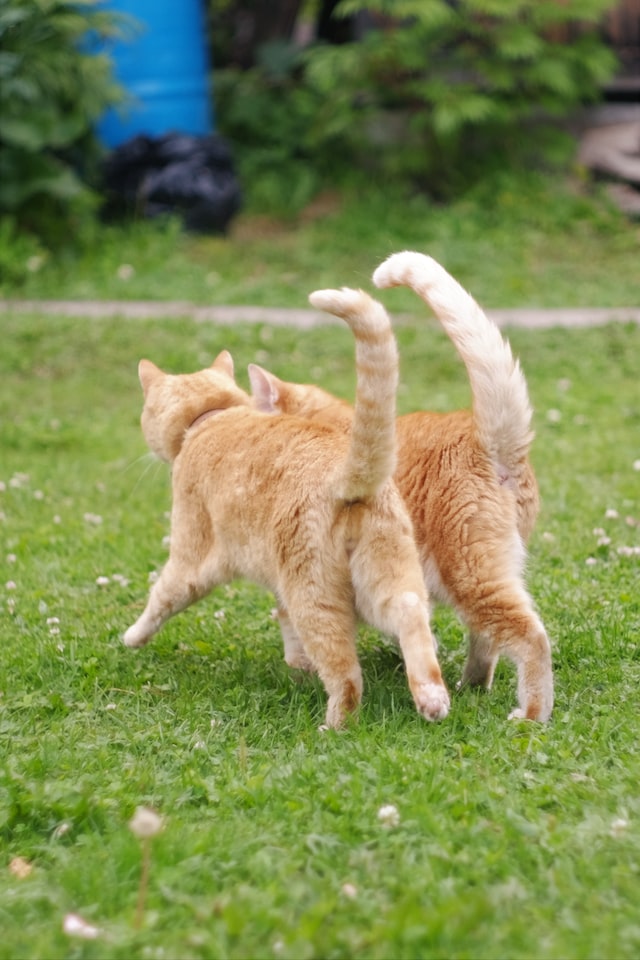
As the tail goes down lower, things start to be more ambiguous. A tail that’s flat out or straight back may indicate the cat is unsure or nervous. The lower the tail goes the more likely they are either scared or upset.
If you notice your cat’s tail is puffed out, that’s a sign of them being very upset. What they’re trying to do is make themselves look bigger so they seem more threatening to a perceived threat. You may also notice that the fur on the rest of their body is also raised, something called piloerection. You don’t want to be trying to pick up or pet a cat that has a tail puffed out or their fur raised. You may get bitten!
Another sign that your cat may be upset in a more fearful way is that they may curl their tail into their body. This is an attempt to make themselves smaller and potentially hide from a threat. You’ll usually see it accompanied by other behaviors such as backing away from whatever is scaring them or hiding. If the cat is napping or seated comfortably, it may also indicate relaxation so a curled in tail isn’t always bad depending on the context.
Movement
Of course, cat tails are mobile so reading cat body language of their tail requires looking at both the position of the tail and how it is moving. Movement can be a bit more challenging to interpret as subtle changes can indicate different things and the context of the movement matters a lot.
Generally, if your cat is in a decent mood they will not be moving their tail a lot. They may flick the tip of it a bit, but you usually won’t see a wagging tail. In fact, if a cat’s tail is thrashing or wagging it may indicate that they are feeling scared! In many cases, a thrashing tail is an indicator that your cat may bite or scratch. It could also be seen as part of play behavior, too.
If your cat’s tail is low and you’re noting irregular movements, or a flicking pattern, that often indicates your cat is upset. It is a warning that you should give them space or remove the source of stress for them or there may be some aggression. If you have another cat around, it would be in their best interest to gently separate the cats (ideally the other cat if they don’t also seem upset) before you have to break up a cat fight.
Body Position
In addition to specific parts of your cat’s body, you’ll want to evaluate their appearance as a whole. Specifically, you’ll want to look at how they are positioning themselves. You may be familiar with the classic Halloween cat with an arched back and fur on end. Hopefully, based on the last section, you’ll recognize that their fur sticking up isn’t a great sign. Similarly, a cat with an arched back like that is probably not in a great mood at that moment.
A normal body posture for a cat would be one that is relaxed and doesn’t appear to be making themself bigger or smaller. Either of these indicates the cat is upset about something.
For cats lying down or sitting, you’ll want to look for signs that they are ready to pounce. If the cat is sitting in loaf form but has their paws in a sphinx-like position, they may be prepared to leap up at any moment. That means they’re either in play mode or may not be comfortable. Paws tucked in indicate a more relaxed cat.
A special word about cats with their belly up: do not interpret this as an invitation to rub the fuzzy belly. While it could indicate they are comfortable, it doesn’t mean they want you to rub their tummy. Most cats don’t like this unless it’s coming from an extremely trusted human.
Overall Behavior
You’ll want to look at your cat’s overall behavior as it will tell you a lot about how they’re feeling. Some of it has a pretty obvious interpretation. For example, if you pick up your cat and they try to wiggle their way out, they probably aren’t super comfortable. Put them down before you get bitten or scratched. On the other hand, if they’re relaxed and purring, you’re probably okay to keep holding them.
You also want to look at things called distance increasing behaviors or distance decreasing behaviors. Distance increasing behaviors are ones where the cat tries to put more space between themselves and something they don’t like. The most obvious examples are a cat walking or running away from something (assuming you don’t have a case of the cat zoomies) that is causing them stress, but it could include something more subtle like leaning away from your hand when you try to pet them.
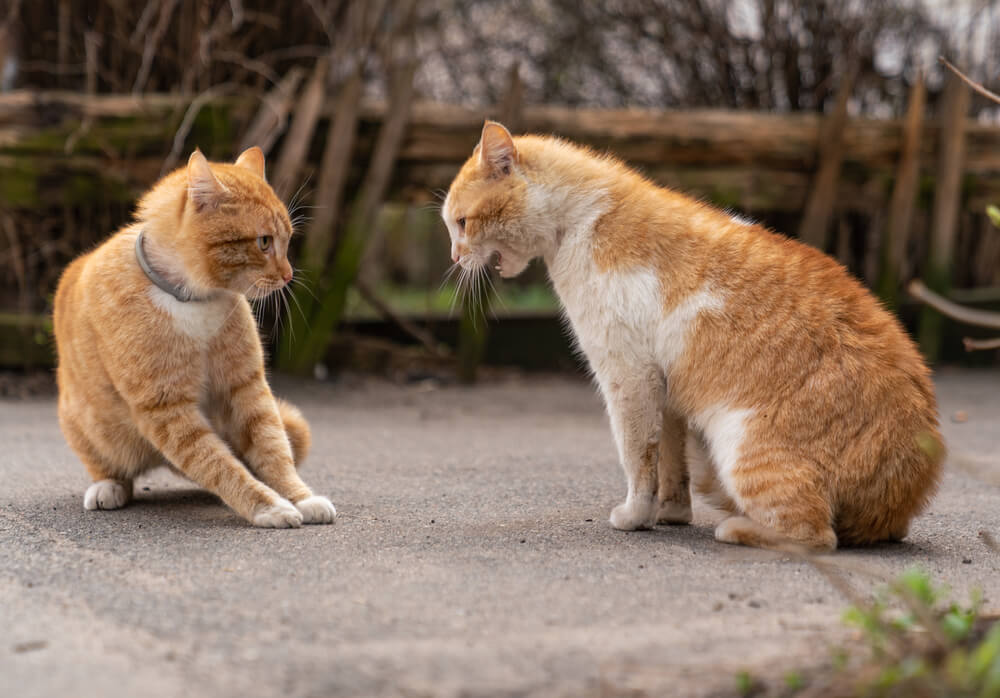
Distance decreasing behaviors are the opposite and include things like your cat bunting you or trotting toward you when you walk in the door. They’re a good sign!
Context Matters When Reading Cat Body Language
That was a lot to go over and I only just scratched the surface. Pun absolutely intended, for the record. Cat body language can be complex and confusing at times. It can change rapidly so it’s important to be reevaluating any cat you’re interacting with to ensure they are still enjoying the interaction. Reading their body language and responding appropriately will improve your bond and reduce the chances of you getting injured.
I’ll leave you with my top tip for interpreting cat body language: context matters. Context matters quite a lot, actually! While we need to talk about the individual pieces when discussing cat body language, they don’t exist in isolation from each other. Your cat may be displaying one piece of body language that is not great, but the rest of their body language is pointing to them being calm. Look at the whole picture and decide on an interpretation.
What is happening near and around your cat also plays a role in interpreting cat body language. If your cat is playing with a favorite toy, their ears being back may not be as worrisome as if you are trying to clip their nails or they just saw a new cat for the first time. In different situations, the same aspect of body language can have very different meanings. Don’t ignore the situation!




